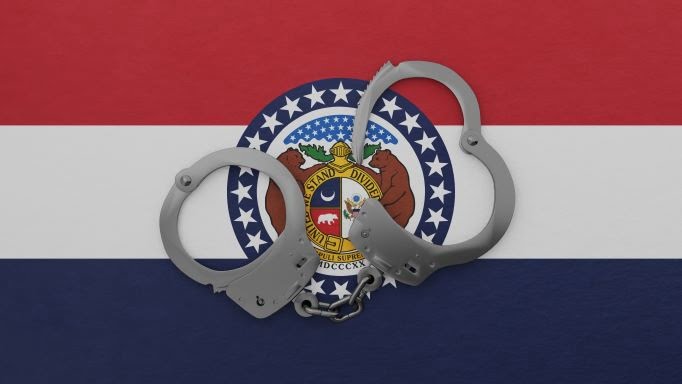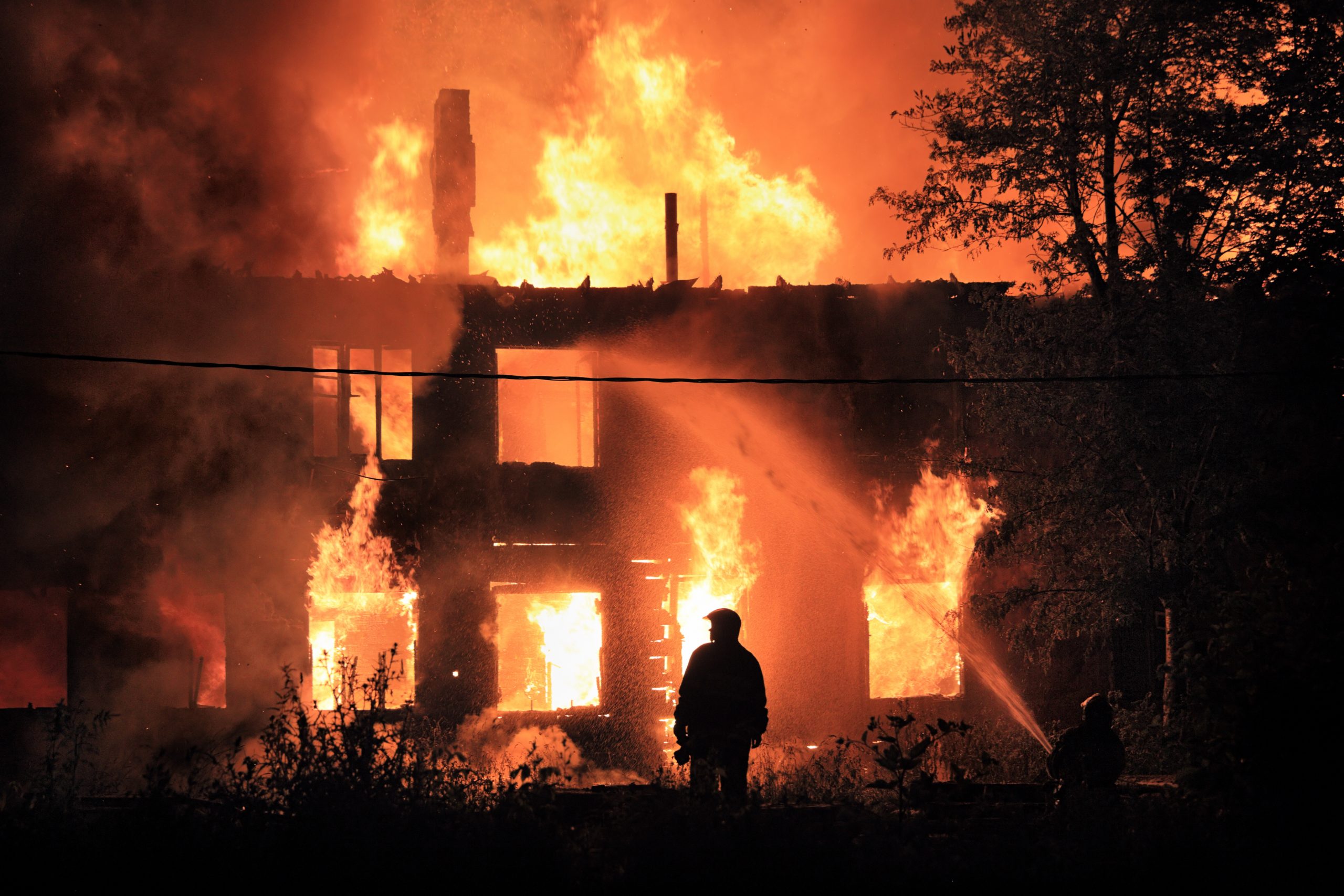Ignition Interlock Devices: How Effective Are They in Reducing Vehicle Crashes?- Guest Post

An ignition interlock device is a breath analyzer that is installed and connected to a vehicle’s ignition. It is used to determine if a driver has alcohol in his system and if the BAC (blood alcohol concentration) is over the limit.
Ignition interlock installation is one of the primary penalties for DUI drivers, especially those who are on probation. Its purpose is to prevent these drivers from operating a vehicle while alcohol-impaired. If their BAC is above 0.08, which is the legal limit, the device will prevent the car from starting. As for drivers who are not alcohol-impaired, their goal is to remain sober while driving, or the device will automatically stop their vehicle.
An ignition interlock device has a data recorder that allows probation officers to monitor the DUI offender’s driving behavior. This recorder is where BACs are logged after every test. Running tests – or repeat tests – are implemented throughout the offender’s trip, and these help guarantee that drivers are alcohol-free while they are on the road.
IID Origins and State Laws
Interlock devices have been around for years and were first developed in 1969. However, interlocks that came with alcohol sensors were created and only became popular in the 1980s. That was also the time when some states implemented several pilot programs in the U.S. The first State to officially enact the legislation was California, when they created the Farr-Davis Safety Act of 1986 and implemented IIDs in four of its largest counties.
In 2012, all states in the country started implementing IID laws, although the specifics vary from state-to-state. For example, in some states, the authority that mandates ignition interlock devices is the DMV or Department of Motor Vehicles, not the court or the state.
Additionally, depending on which state the driver committed the offense in, the device is required for 1) first offenders, 2) offenders with high BACs, and 3) repeat offenders.
Ignition interlock device programs in the United States are divided into:
- Administrative programs managed by a State licensing authority.
- Judicial programs managed by a court system.
- Hybrid programs that combine the administrative and judicial categories
How Effective are Ignition Interlock Devices?
The general public strongly supports the ignition interlock device program. Additionally, the use of IIDs has steadily increased over time. In 2010 alone, there were 212,000 installations compared to the 101,000 recorded in 2006. Today, these numbers have more than doubled.
Lesser Drunk Driving Cases
Since 2006, ignition interlock device laws have helped prevent over 2.3 million people from driving drunk. The numbers are higher now as these statistics cover the period from 2006 until 2017 only.
Additionally, the American Journal of Preventive Medicine came out with a study called “Ignition Interlock Laws: Effects in Fatal Motor Vehicle Crashes, 1982-2013” that indicated several significant findings. According to the study, IIDs resulted in a 7% reduction in fatal car crashes due to drunk driving.
Also, IID laws helped bring down the number of first-time offenders involved in fatal drunk driving crashes by more or less 8%. The study covers only incidents that happened from 1982 to 2013, but this trend continues today.
Recidivism
One of the major reasons for the implementation of ignition interlock laws is to prevent recidivism or reduce the number of repeat offenders.
According to the Centers for Disease Control and Prevention (CDC), IID laws are responsible for decreasing repeat offenders by around 70%.
Some studies also indicate that around 90% of those who graduated from the interlock program went on to drive safely. Furthermore, they successfully avoided committing new drunk driving offenses.
Ignition Interlock Devices and Alcohol Abuse Treatment
The Centers for Disease Control and Prevention, in partnership with the Florida Department of Highway Safety and Motor Vehicles (FLDHSMV), conducted a study on recidivism that focused on two groups of drivers. The first group went through an alcohol abuse treatment while IIDs were installed in their cars, while the second group did not participate in an alcohol abuse treatment program.
The results clearly indicated that two years after the device was uninstalled from the vehicles, drivers who went through the alcohol abuse treatment reduced the recidivism rate by 32% compared to those who did not undergo treatment. As such, this led to lesser DUI arrests, fewer vehicle crashes, and a decrease in the number of drunk driving-related injuries.
It is also essential for authorities to complement IID programs with a comprehensive monitoring system.
Lastly, the CDC also has identified eight program keys that can help states strengthen their ignition interlock programs. The program key’s significant actions include:
- Substantial penalties
- Incentives
- Interlock monitoring
- Consistent and uniform implementation
- Multi-agency coordination
- Education and training for management and staff
- Resources for funding and staff
- Complete data records
If you want to learn more about ignition interlock devices and how they can help prevent drunk driving, get in touch with and talk to an IID provider.
About the Author
Lauren McDowell is the Content Marketing Strategist for Interlock Install, a Phoenix-based company that performs the installations, service appointments, and
removals for ADS Interlock. When not writing, she attends book clubs and enjoys reading stories to her kids.





